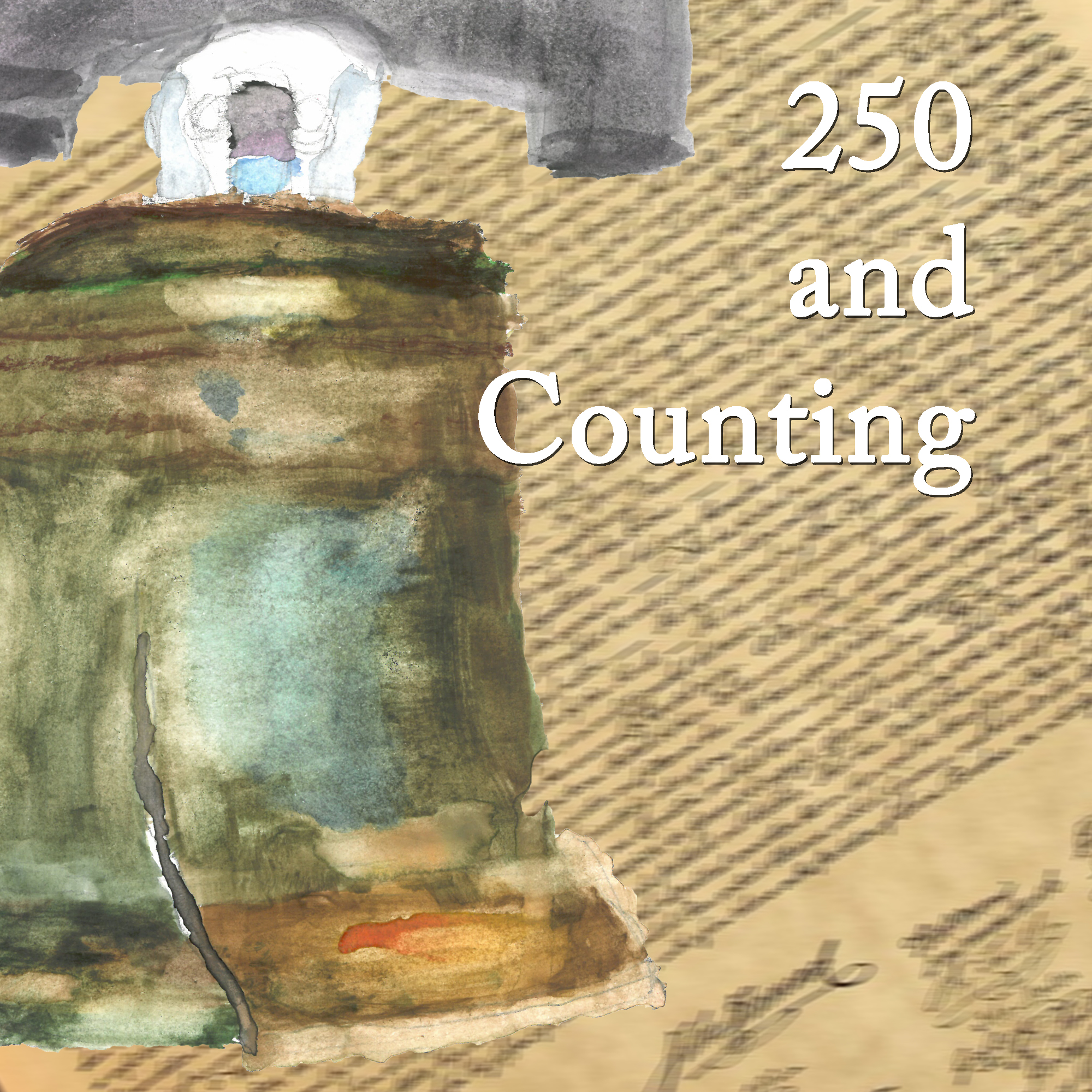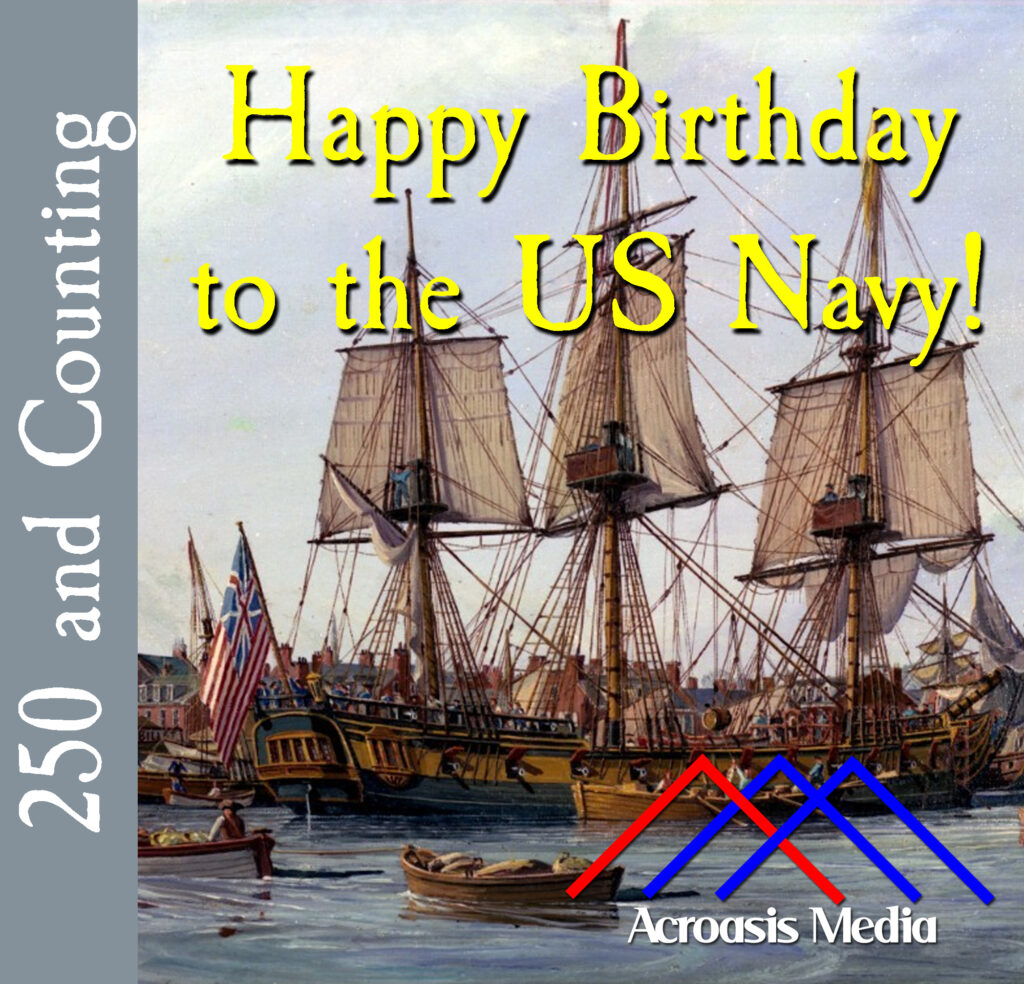
After the Pyrrhic victory at Bunker Hill, the fact that General Gage was about to be replaced probably came as a surprise to nobody.
That he was replaced by William Howe…well, that also probably wasn’t a surprise. Howe had experienced success in the Seven Years’ War. And while he was known to have shown some sympathy with the Colonies (he’d voted against the Intolerable Acts, for instance), it was thought that he could break the Siege of Boston.
So Howe came to America and on October 11 he took over the job from Gage. He stayed in Boston with the besieged soldiers. And he had lots of ideas about breaking the siege, and eventually the Continental Army. What’s more, Lord Dartmouth had some creative ideas as well.
But Howe chose something entirely different.
Podcast: Play in new window | Download | Embed









